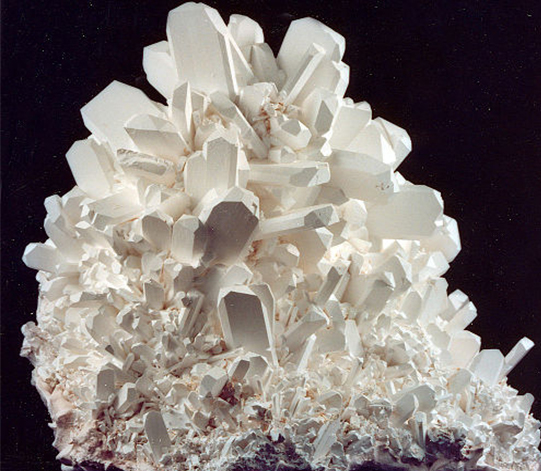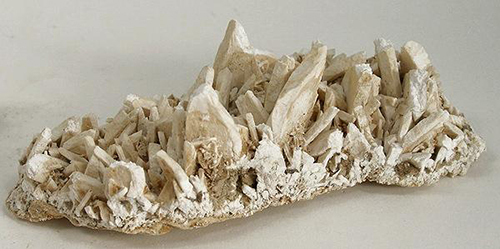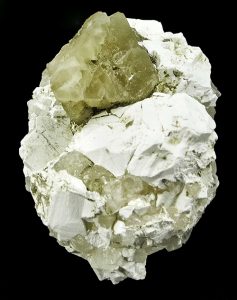
Tincalconite is closely related to the familiar household item, borax. It’s a hydrous sodium borate mineral and is a secondary mineral meaning it begins as something else and transforms into tincalconite.
Tincalconite Explained
Just like the familiar borax, tincalconite (Na2B4O5(OH)4·3H2O) usually occurs as a fine white powder. Its name comes from tincal which is Sanskrit for borax and konis which is Greek for powder.
Tincalconite is usually manmade by drying out borax. This master of mineral transformation can also appear in nature as its pure mineral composition.

Since tincalconite dissolves in water, it ranks very low on the Mohs hardness scale — coming in at one or two.
Where to Find Tincalconite
California’s borax deposits are home to two of the most plentiful locations for tincalconite. In those areas, it’s most often found as a coating on borax or kernite. The Kramer District of Kern County and Searles Lake, which is located in San Bernardino County, are both known for the presence of the mineral. It is also found in Argentina, Italy, Turkey and Ukraine.

Borate Minerals
Borate minerals are formed in two ways. One is an evaporative environment such as a basin that received borate-rich solutions from volcanic activity where the solutions are evaporated and buried. Borate minerals formed in this way include borax, inyoite, colemanite, kernite and tincalconite. This usually happens in a desert environment. The second type of formation is metamorphic and is a result of heat and pressure altering rocks in a carbonate-rich environment. Borate minerals formed in this way include boracite, ludwigite, sussexite and kotoite.
This story about tincalconite originally appeared in Rock & Gem magazine blog. Click here to subscribe. The story is updated regularly for accuracy.














